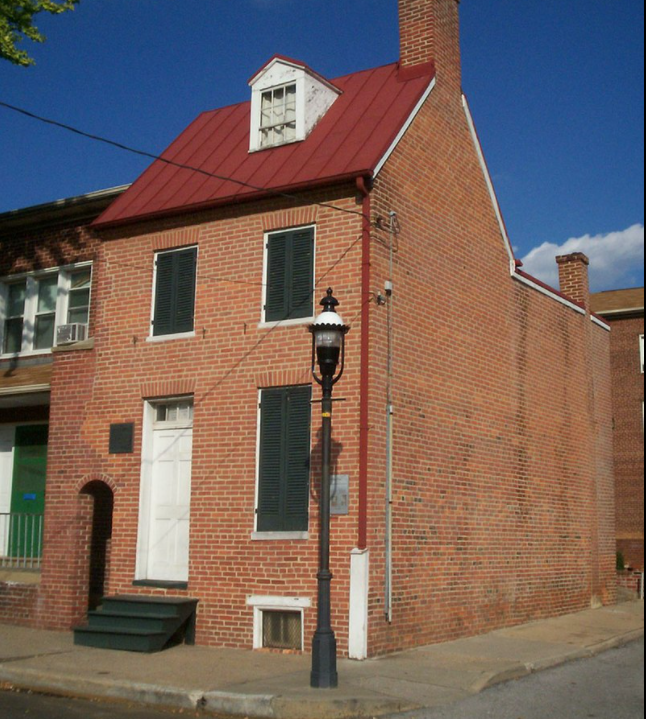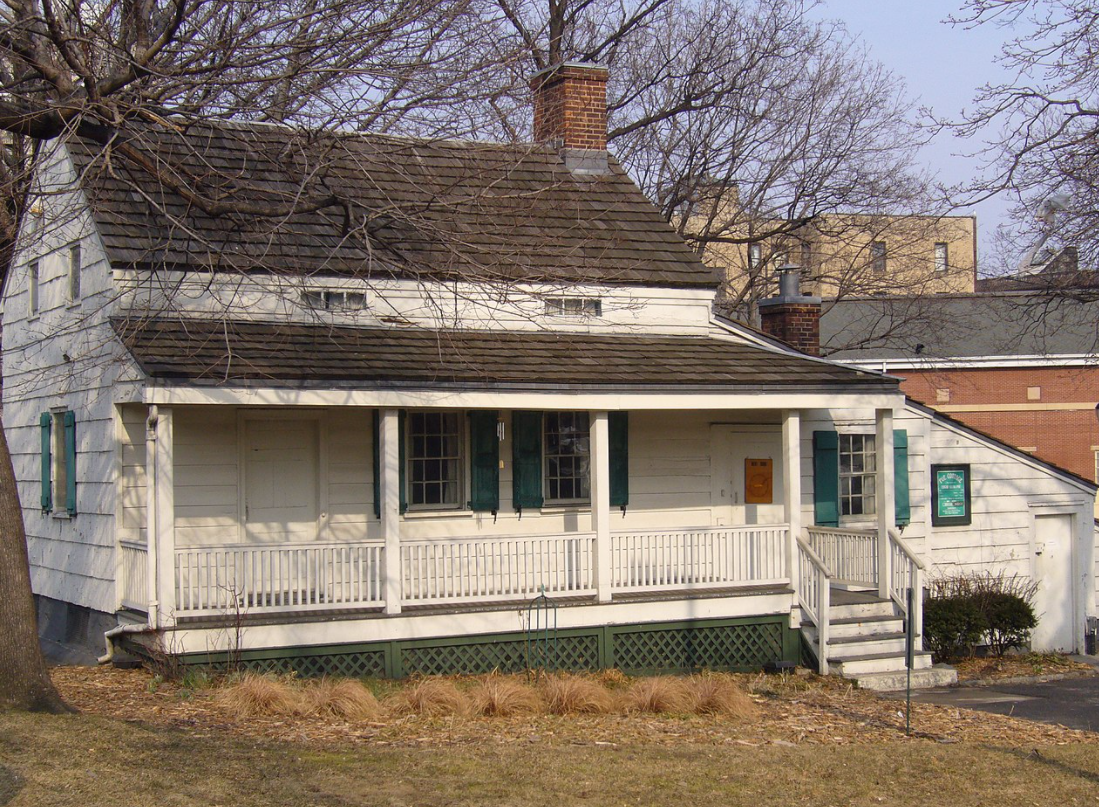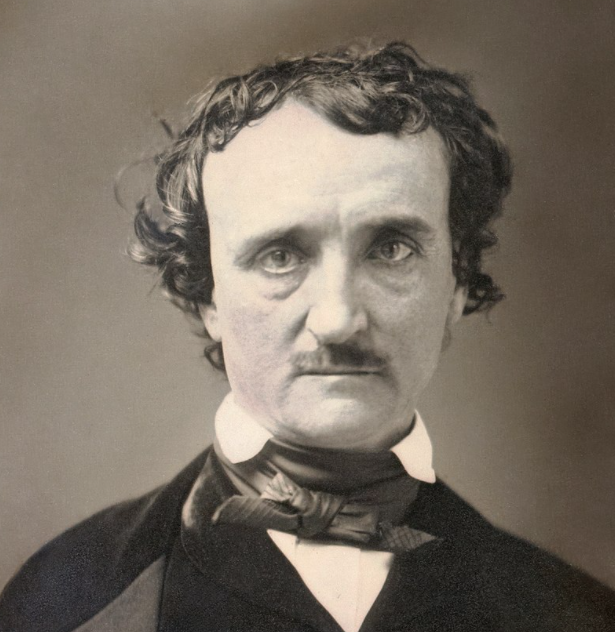
The Edgar Allan Poe House and Museum, located at 203 North Amity St. in Baltimore, Maryland, is the former home of American writer Edgar Allan Poe in the 1830s. The small unassuming structure, which was opened as a writer’s house museum in 1949, is a typical row home. It was designated a National Historic Landmark in 1972.[2]
Due to a loss of funding by the city of Baltimore, the Museum closed to the public in October 2012. Poe Baltimore, the Museum’s new governing body, reopened the Museum to the public on October 5, 2013.[3]The house is the site for the International Edgar Allan Poe Festival & Awards, held in October of each year.

The Edgar Allan Poe Cottage (or Poe Cottage) is the former home of American writer Edgar Allan Poe. It is located on Kingsbridge Road and the Grand Concourse in the Fordham neighborhood of the Bronx, New York,[2] a short distance from its original location, and is now in the northern part of Poe Park.
The cottage is a part of the Historic House Trust, listed on the National Register of Historic Places,[3] has been administered by the Bronx County Historical Society since 1975,[4] and is believed to have been built in 1797.[2][5]

Edgar Allan Poe (/poʊ/; born Edgar Poe; January 19, 1809 – October 7, 1849) was an American writer, poet, editor, and literary critic. Poe is best known for his poetry and short stories, particularly his tales of mystery and the macabre. He is widely regarded as a central figure of Romanticism in the United States and of American literature as a whole, and he was one of the country’s earliest practitioners of the short story. He is also generally considered the inventor of the detective fiction genre and is further credited with contributing to the emerging genre of science fiction.[1] Poe was the first well-known American writer to earn a living through writing alone, resulting in a financially difficult life and career.[2]
Poe was born in Boston, the second child of actors David and Elizabeth “Eliza” Poe.[3] His father abandoned the family in 1810, and his mother died the following year. Thus orphaned, Poe was taken in by John and Frances Allan of Richmond, Virginia. They never formally adopted him, but he was with them well into young adulthood. Tension developed later as Poe and John Allan repeatedly clashed over Poe’s debts, including those incurred by gambling, and the cost of Poe’s education. Poe attended the University of Virginia but left after a year due to lack of money. He quarreled with Allan over the funds for his education and enlisted in the United States Army in 1827 under an assumed name. It was at this time that his publishing career began with the anonymous collection Tamerlane and Other Poems (1827), credited only to “a Bostonian”. Poe and Allan reached a temporary rapprochement after the death of Allan’s wife in 1829. Poe later failed as an officer cadet at West Point, declaring a firm wish to be a poet and writer, and he ultimately parted ways with Allan.
Poe switched his focus to prose and spent the next several years working for literary journals and periodicals, becoming known for his own style of literary criticism. His work forced him to move among several cities, including Baltimore, Philadelphia, and New York City. He married his 13-year-old cousin, Virginia Clemm, in 1836, but Virginia died of tuberculosis in 1847. In January 1845, Poe published his poem “The Raven” to instant success. He planned for years to produce his own journal The Penn (later renamed The Stylus), but before it could be produced, he died in Baltimore on October 7, 1849, at age 40. The cause of his death is unknown and has been variously attributed to disease, alcoholism, substance abuse, suicide, and other causes.[4]
Poe and his works influenced literature around the world, as well as specialized fields such as cosmology and cryptography. He and his work appear throughout popular culture in literature, music, films, and television. A number of his homes are dedicated museums today. The Mystery Writers of America present an annual award known as the Edgar Award for distinguished work in the mystery genre.